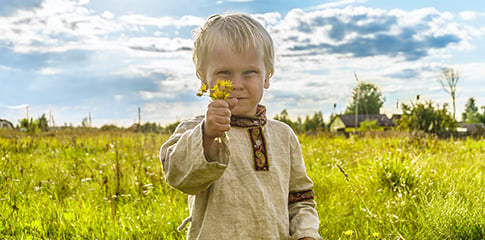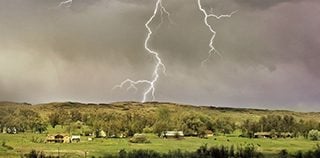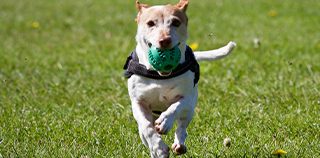Summertiiiime. Makes you feel fiii-aaachoo! If you’re gearing up for a jog, tennis, footie or a walk with mates, there’s no doubt that it’s much better exercising in the sunshine. But if you suffer from allergies, like hay fever, then your workout outdoors can be a sneezy, snotty, streaming drag.
A study by Allergy UK reveals that nearly half (49%) of the UK population now suffer from hay fever. The study also showed that 49% of us with hay fever spend less time exercising outside because of our symptoms, and 30% of us have piled on the pounds as a result.
Working out with allergies
If you’re exercising outside and your hay fever symptoms are kicking in, then follow these tips for exercising with allergies so you’re more fighting fit than sneezing fit:
- Wear wraparound sunglasses and a cap to keep pollen and other airborne allergens away from your eyes.
- Don’t head out early mornings and evenings, when pollen levels are highest.
- Change your clothes and shower when you get back home to get rid of pollen on your body and hair.
- Hay fever can make asthma symptoms worse. Always take your inhaler and medication with you on your run.
- Take meds for your hay fever symptoms? Keep it next to your toothbrush so you don’t forget to take it with you.
- Track pollen counts and steer clear of heading out when these are high. Read more about this below.
Pollen tracking and forecasting
A great way to help you keep on top of your symptoms and plan your alfresco workouts is by monitoring the pollen count where you are. Pollen counts are influenced by many factors, including climate, and this can mean the start of the pollen season varies from year to year.
Our pollen calendar tells you when the different kinds of pollen are around. The two main types which affect the majority of us with hay fever are tree pollen and grass pollen.
The types of trees most likely to release pollen that triggers hay fever are alder, birch, hazel and horse chestnut. The first tree pollen of the year usually causes hay fever symptoms to flare up in February, but sometimes as early as January.
Find out more about tackling your allergies. Visit Allergy UK
All content and advice is provided on behalf of Allergy UK.
Research details:
In March and April 2021, 7,242 respondents were contacted by Sapio Research. Results on the incidence of hay fever are taken from looking at the proportion of people that were screened out of the survey versus those who continued because they suffered with hay fever (3,541). The full survey with sufferers was then conducted among 3,202 hay fever sufferers and 339 parents with children who suffer from hay fever, from an initial 7,242 respondents. Interviews were conducted online by Sapio Research in April 2021 using an email invitation and an online survey. Results of any sample are subject to sampling variation. The magnitude of the variation is measurable and is affected by the number of interviews and the level of the percentages expressing the results. In this particular study, the chances are 95 in 100 that a survey result does not vary, plus or minus, by more than 1.4 percentage points from the result that would be obtained if interviews had been conducted with all persons in the universe represented by the sample.













